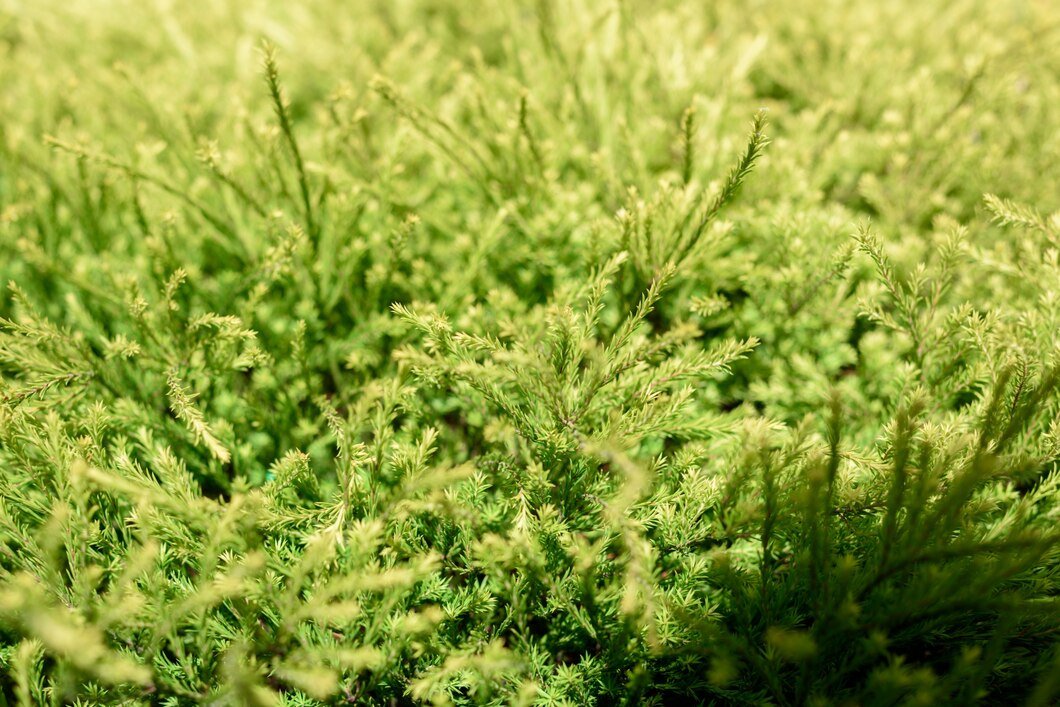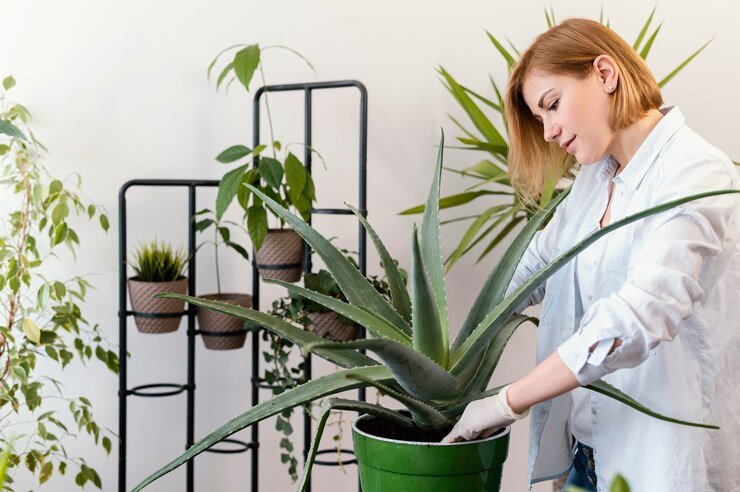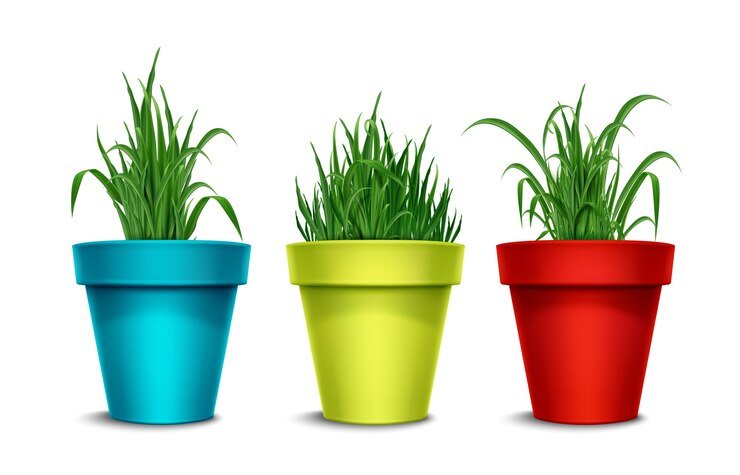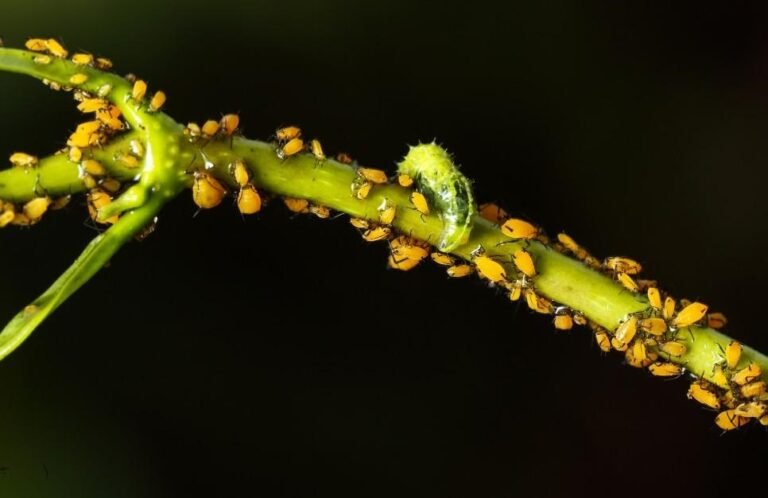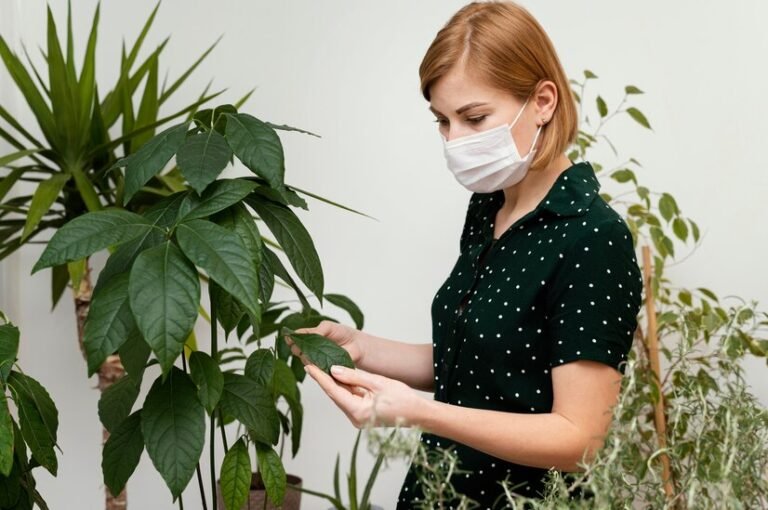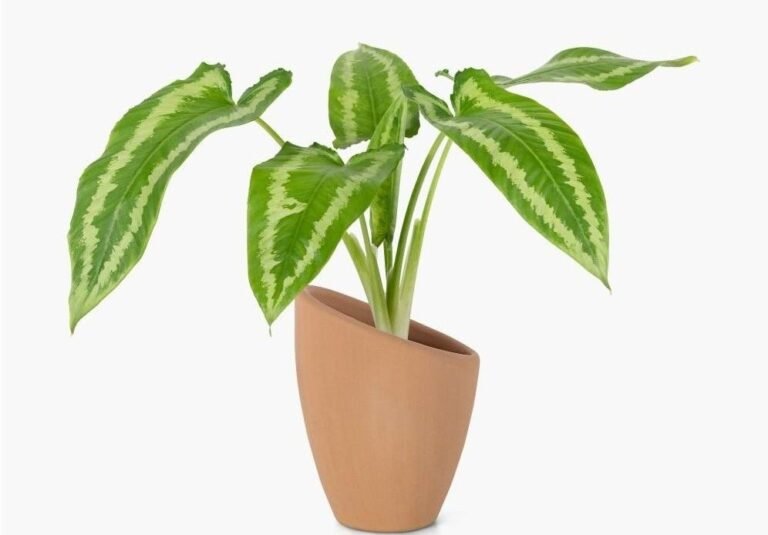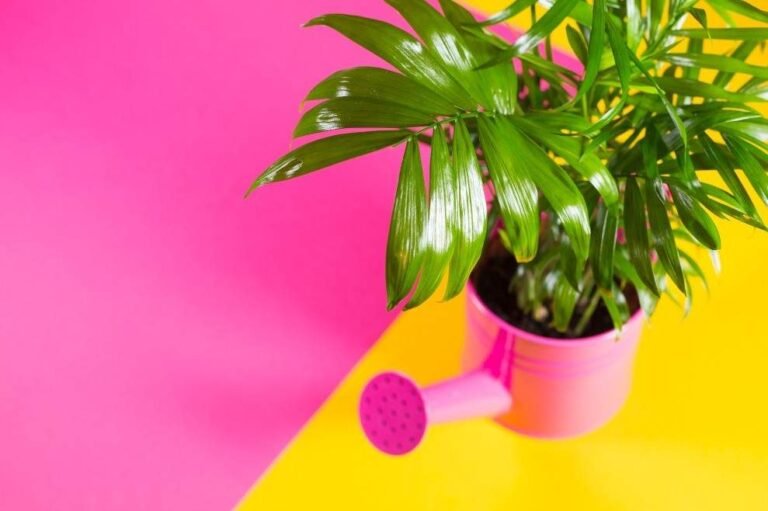How to Grow and Care for Spike Moss (Selaginella) at Home
Spike Moss Overview
| Genus Name | Selaginella kraussiana |
| Common Name | Spike Moss |
| Plant Type | Perennial |
| Light | Part Sun |
| Height | 0 to 2 Feet |
| Foliage Color | Blue/Green, Chartreuse/Gold |
| Zones | 10, 8, 9 |
| Propagation | Stem Cuttings |
Spike Moss (Selaginella)
Hoshizaki, Barbara Joe, and Robbin C. Moran. “Fern Grower’s Manual.” Timber Press, 2001.
This book provides detailed insights into ferns and fern-like plants, including Selaginella, their care requirements, and suitable growing conditions. You may find useful information about humidity, soil, and terrarium care for Spike Moss in this resource.
Understanding a plant’s origin will greatly assist in estimating its care needs. Desert plants need a lot of sunlight and loose, fast-drained soil for their growth to be optimal. Plants from the floor of rainforests need sunlight protection and generous humidity.
There are hundreds of Selaginella species, most of which are from tropical areas. The most common types of spike moss grown indoors are appreciated for their ornamental, mossy, and bushy leaves. Spike moss is a plant that constantly needs moisture and is best enjoyed in a terrarium. Without a terrarium, it is extremely difficult to grow it due to the exposed dry air, draughts, and heat, though a spot in a humid bathroom can be adequate.
Where to Grow Spike Moss
Spike moss is better suited as an indoor terrarium plant in dips with no warm, humid climate. During the day, place them beside an east-facing window or a south-facing window, but be sure the south-facing window is not receiving direct sunlight. They only require bright, indirect light. Terrariums can remain uncovered; however, sealing them will help raise humidity levels around the plant.
How and When to Plant Spike Moss
Like other house plants, spike moss can be planted anytime throughout the year. Due to the plant’s shallow root system, shallow pots and containers are adequate. Watering the plant thoroughly after planting is essential so the roots are well-covered.
Care Tips for Spike Moss
Light
Bright, indirect light helps spike moss grow, but it can also survive in lower light levels. Full sun is never ideal for plant growth; spike moss will most likely burn if placed in full sun, which will severely hinder or even kill the plant’s growth.
Soil and Water
Spike moss flora should be planted in light, loamy soils that hold moisture well and drain well. Though these plants can survive dry periods, it is best for them if their soil stays moist.
Temperature and Humidity
Spike moss thrives in cool to warm temperate zones. It will die or stop growing if the temperature drops below freezing. Avoiding dry, hot temperatures is essential, and the plant also benefits from high humidity.
Fertilizer
Organic-rich soil, like compost, does not require additional fertilizer, making it ideal for growing spikemoss. That said, older, established plants benefit from one to two applications of organic liquid fertilizer during the active growing season.
Potting and Repotting
Having to pot or repot your spike moss, these tips will help you:
- Take the plant out of the container by tipping it upside down. Support the plant with one hand while using the other to support the pot/container.
- Lightly shake or gently squeeze the pot until the plant and root ball fall out.
- Make a cavity roughly the same depth and width as the root ball with your free hand.
- Put the plant in the cavity and add soil surrounding the edges. Gently compress and water the soil so that any air pockets beneath the soil are eradicated.
Quick Tip: Mist your Spike Moss regularly to maintain moisture, but avoid water logging the soil. A humidifier can help keep the air damp and prevent drying!
Pests and Problems
Pest troubles for spike moss are non-existent. However, it does have a tendency to rot its roots out. Humidity levels must remain elevated, but plants cannot be placed in water with their roots submerged. Should the roots become rot-ridden from excessive moisture, cut the afflicted portions away and place them into fresh planting soil. Placing plants under water for thirty minutes will remedy the situation if plants are too dehydrated, followed by putting them in a high-humidity area.
How to Propagate Spike Moss
The simplest way to propagate spike moss is through cuttings. Remove a part of the plant from the soil with some roots attached to it. Cover the roots with damp potting soil after putting the cuttings in a new pot.
Types of Spike Moss
The Aurea variety offers a standard light green or yellowish form of Selaginella kraussiana. As with most types of this species, these plants are somewhat less hardy due to their lack of chlorophyll. Indirect light that is bright enough allows energy to be harnessed without burning the plants.
‘Brownie’ is another widespread variety that forms thicker, mounding masses that spread much more slowly than the other varieties.
Companion Plants for Spike Moss
Spike moss doesn’t grow too quickly and stays close to the ground. It should be included with gentler terrarium plants; otherwise, it may be choked out. Smaller ferns like tropical maidenheads (Adiantum tenerum) and pitcher plants (Nepenthesspp) are a good fit. These, too, require high humidity and copious amounts of moisture.
Quick Tip: Keep Spike Moss (Selaginella) in a humid terrarium or bathroom to prevent it from drying out. It loves moist soil and indirect light for healthy growth!
FAQs
Is spike moss poisonous?
No, Spike Moss (Selaginella) is non-toxic to humans and pets.
Is spike moss invasive?
Some species can spread aggressively in the right conditions, but it is not classified as highly invasive.
Is spike moss a fern?
No, Spike Moss is not a true fern, but it has fern-like characteristics and belongs to the Selaginellaceae family.

